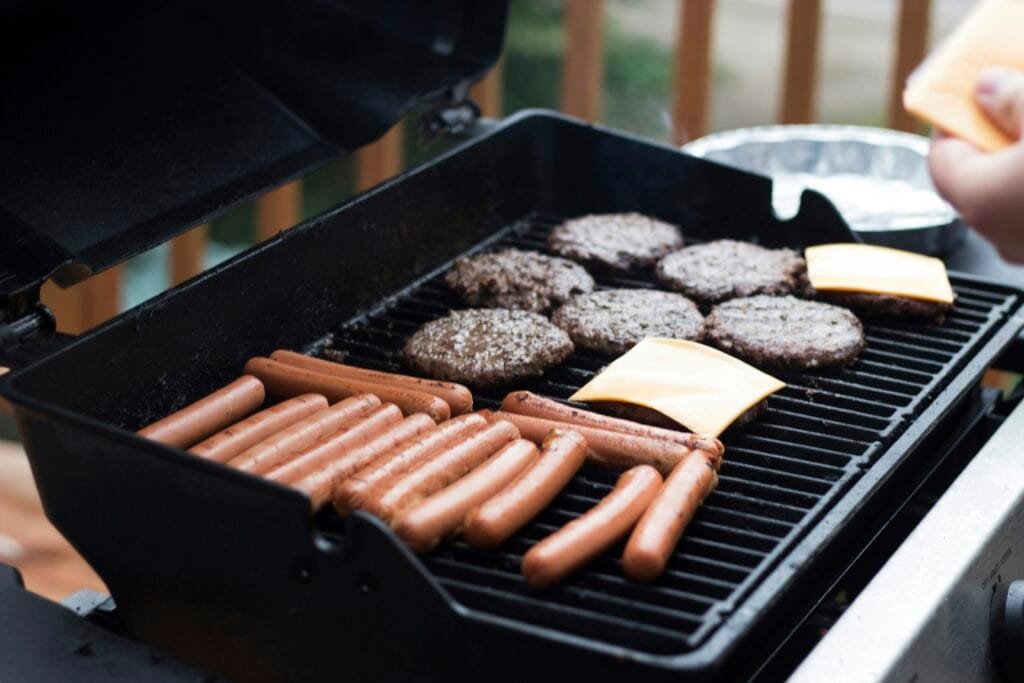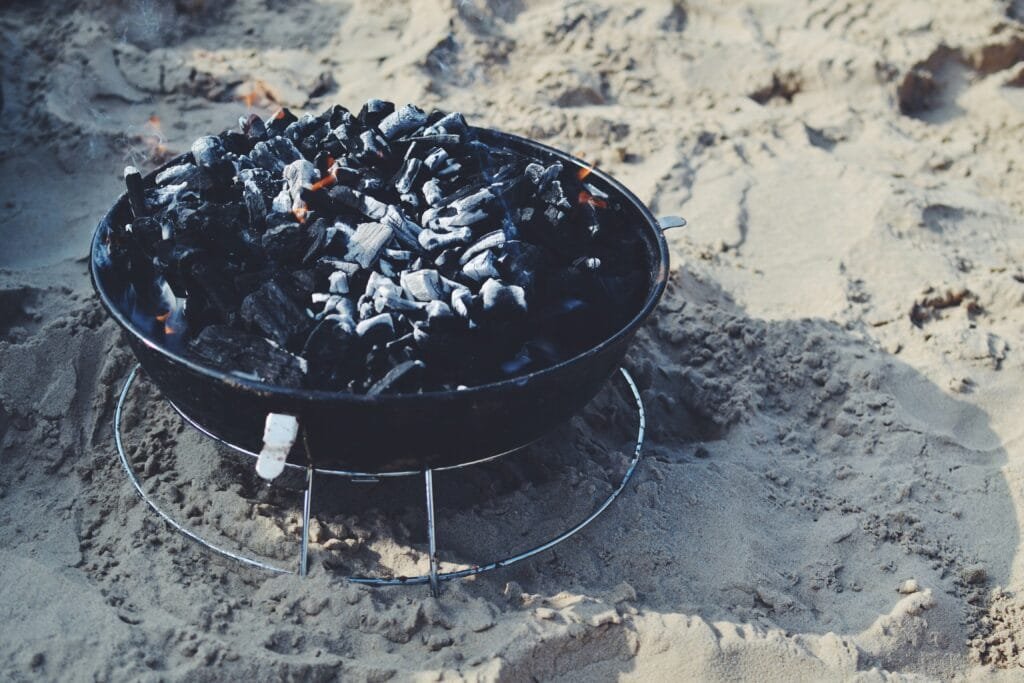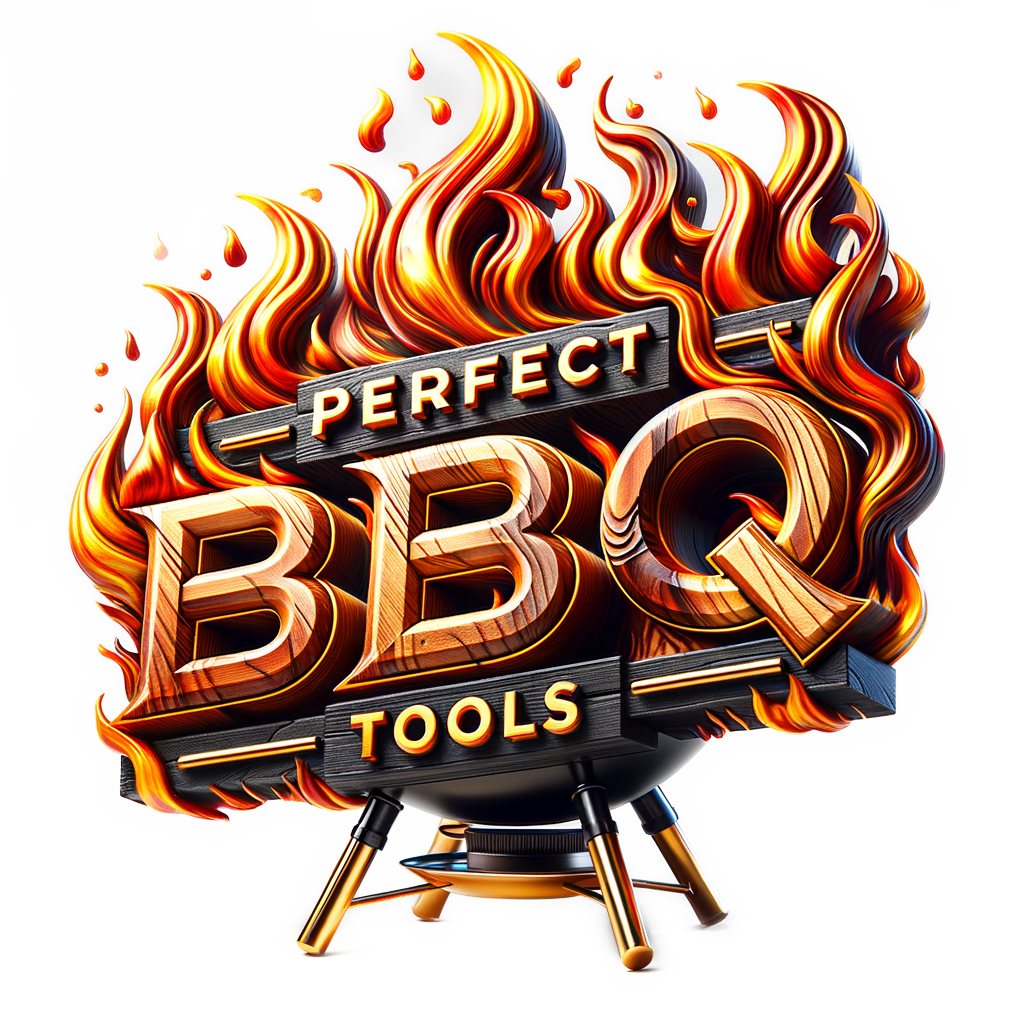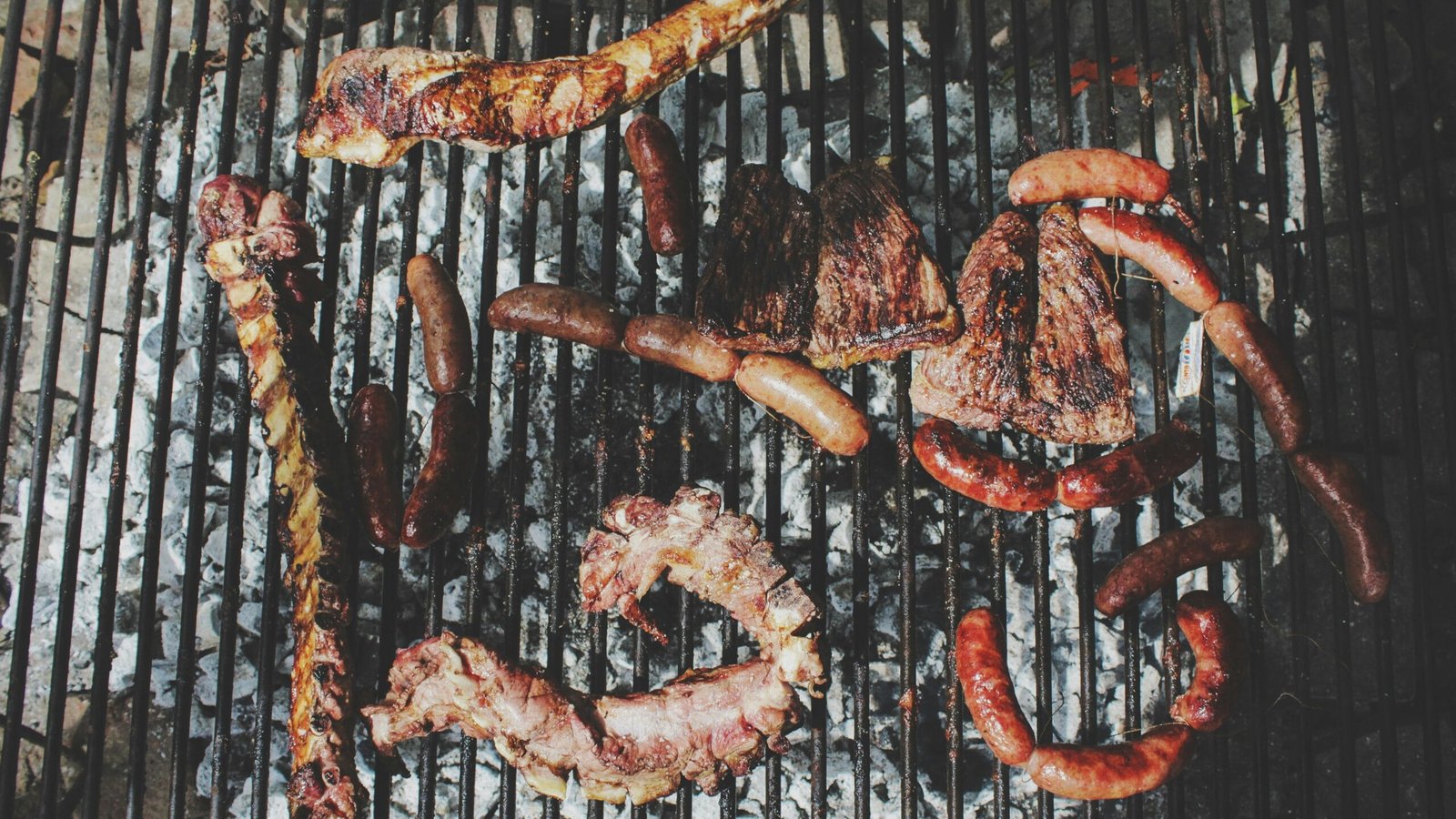Have you ever wondered how to achieve that perfect grilled meal every single time? One of the secrets lies in mastering temperature control, and crucially, understanding the role of your BBQ grill vents. These often-overlooked components of your grill can significantly affect your cooking outcomes. So, which BBQ grill vents are most suitable for achieving better temperature control? Let’s embark on this flavorful journey and uncover the solutions together.

Understanding BBQ Grill Vents
Grill vents play a crucial role in regulating the temperature within your grill. They control the flow of air to the charcoal or gas fire, which directly affects the cooking temperature. The more air that reaches the fire, the hotter it becomes. Conversely, reducing the airflow lowers the temperature. By mastering the art of adjusting these vents, you can maintain consistent cooking conditions, ensuring juicy meats and perfectly cooked vegetables.
Types of BBQ Grills and Their Vent Configurations
Let’s first look at the types of BBQ grills commonly available and how their venting systems differ.
Charcoal Grills: Typically, these grills have two sets of vents—one on the top lid and the other at the bottom. The bottom vent allows air to enter, fueling the fire, while the top vent allows hot air and smoke to exit.
Gas Grills: While they do not rely on charcoal, gas grills also use vents to regulate temperature. However, they have fewer vent options compared to charcoal grills.
Kamado Grills: Known for their ceramic design and efficiency, Kamado grills feature an adjustable top vent and a bottom vent. These grills are excellent for both high-heat and slow-cooking applications.
Understanding your grill’s vent type is the first step toward mastering temperature control.
The Importance of Vent Placement and Design
Vent placement and design have a significant impact on temperature regulation. Here’s why they matter:
Top Vents: These are crucial for letting out smoke and capturing that quintessential smoky flavor in your food. They also help release excess heat, allowing for sustained slow cooking or indirect grilling.
Bottom Vents: Primarily used to draw in air, they increase the fire’s intensity when opened wide and reduce heat when closed.
How Vent Design Influences Temperature Control
The size and shape of the vent openings also play a role. Larger vents allow more air and thus more heat, while smaller vents offer precise control over airflow and temperature.
| Vent Type | Function | Effect on Temperature |
|---|---|---|
| Top Vent | Releases smoke and excess heat | Controls smoke flavor and heat exit |
| Bottom Vent | Draws air into the fire, fueling it | Increases or decreases fire intensity |
| Vent Size/shape | Defines airflow amount and direction | Dictates precision in temperature control |
Techniques for Adjusting Vents
Adjusting vents might sound complex, but with a little practice, it becomes second nature. Here’s how you can do it effectively:
For Charcoal Grills
- Start with a Full Open: Begin with both top and bottom vents fully opened to get your fire going strong.
- Adjust the Bottom Vent First: Fine-tune the bottom vent to control the intensity of the fire.
- Check and Adjust the Top Vent: If you need to release more heat, open the top vent. For more smoke flavor, close it slightly.
For Gas Grills
- Focus on Lid Positioning: Since gas grills often have fixed vents, manage airflow by keeping the lid open or closed.
- Burner Control: Use burner knobs to adjust flame levels as a primary heat control method.
For Kamado Grills
- Utilize Both Vents: Kamado grills are highly versatile, allowing you to adjust both top and bottom vents for precise control.
- Experiment with Vent Combinations: For smoking, slightly open the top vent and moderately adjust the bottom vent to maintain a steady low temperature.
Practical Tips for Better Temperature Control
Understand Your Grill’s Characteristics
Every grill has its own airflow characteristics. Spend time experimenting to see how adjusting each vent affects the temperature. A thermometer, either built-in or an external one, can be invaluable in this process.
Patience is Key
Good grilling is a dance of patience. Temperature changes are not instant, so wait several minutes after adjusting vents to see the full effect on your grill’s temperature.
Wind and Weather Considerations
Wind can increase airflow and thus temperature, while cold weather can make it harder to reach desired temperatures. Adjust your vents accordingly to compensate for these environmental factors.

Common Vent-Related Mistakes
Even seasoned grillers make mistakes. Here are some to avoid to ensure better temperature control:
Opening the Lid Too Often
Every time you open the lid, you let out heat and smoke. This can significantly impact cooking time and quality, so resist the urge to peek too often.
Ignoring Maintenance
Over time, vents can become clogged with ash or grease, restricting airflow. Regular cleaning keeps your grill vents functioning efficiently, providing consistent temperature control.
Relying Solely on Vents
For precise grilling, combine vent adjustments with other temperature control options, like moving food closer or further from the heat source and using heat deflectors when necessary.
Advanced Vent Control Methods
For those ready to take grilling to the next level, consider these advanced methods:
Zone Cooking on Charcoal Grills
Create direct and indirect heat zones by arranging charcoal on one side of the grill and leaving the other side charcoal-free. Use vent adjustments to maintain the desired temperature across both zones.
Use a Baffle
On grills where consistent temperature is challenging, use a baffle (a barrier) to redirect heat for even cooking. Position it to protect food from direct flames or high heat.
Invest in a Smoker Controller
For tech-savvy grillers, a smoker controller can automate vent adjustments, maintaining precise temperature without manual intervention. It’s particularly useful for smoking meats over long periods.

Conclusion
Mastering the art of BBQ grilling is often about finding the right balance and learning to control your grill environment. By understanding your grill’s vent system, experimenting with adjustments, and avoiding common pitfalls, you’ll gain the skills to deliver perfectly cooked barbecue meals. Whether you’re a novice or a seasoned griller, there’s always room to learn and improve. So get out there, adjust those vents, and achieve the grilling greatness you’ve been aiming for.

